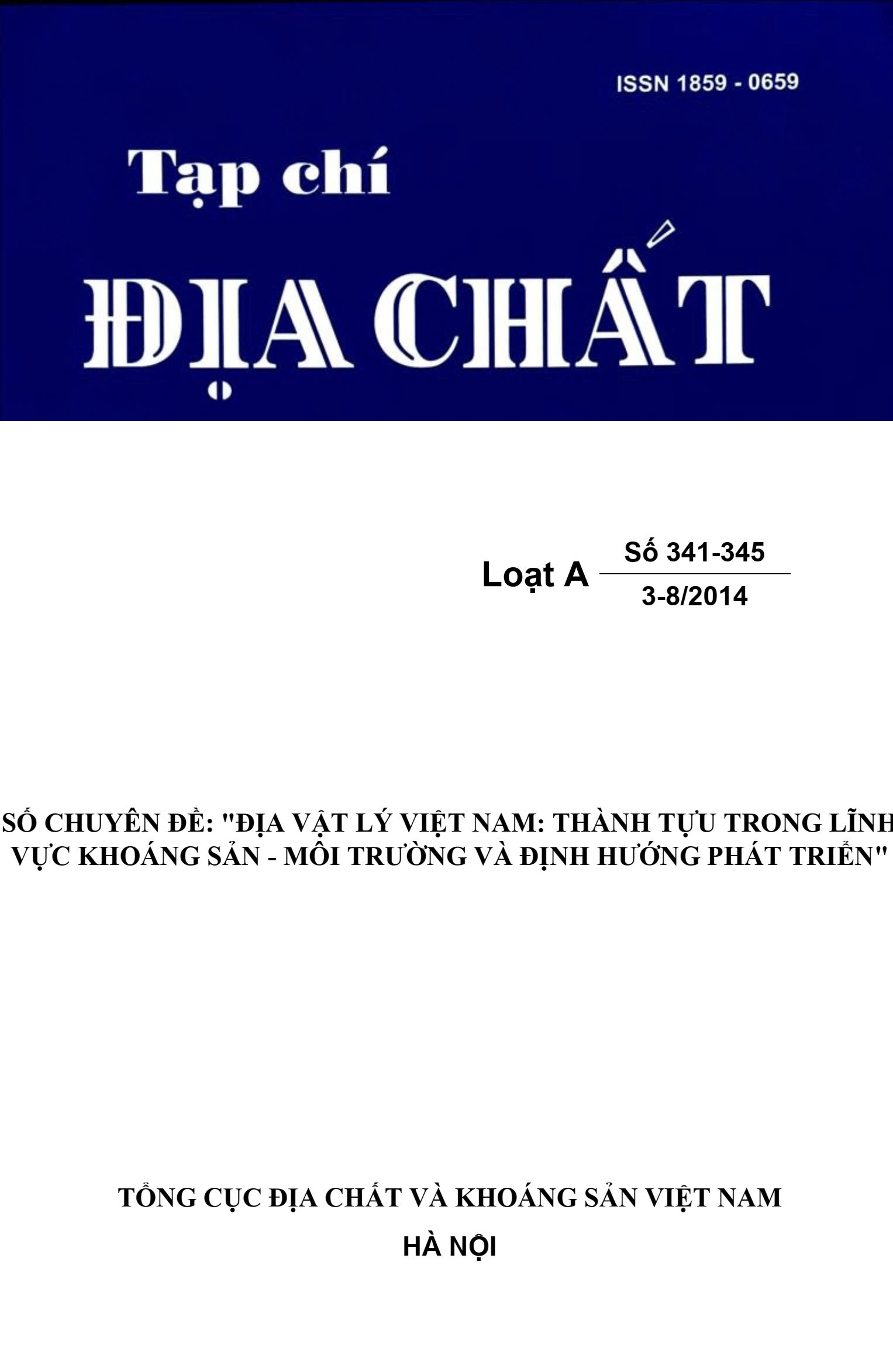Abstract
The analysis of sedimentary formations in the Sông Cả - Rào Nậy Area showed that the area has experienced at least 3 periods of Neotectonic activities namely: 1/ Weakly differentiated domal uplift during the Late Miocene-Early Pliocene, 2/ Weak neotectonic uplift relatively to the external geological processes to form semi-peneplain in the Late Pliocene; 3/ Strongly differentiated orogenic uplift, mainly occurred in the Quaternary (to the present).
The crustal deformation seemed to intensify in some places from the Holocene to present: The highest areas (characterized by signatures of deep incision of the first and second order drainage systems and hence the slope processes were enhanced due to higher steepness)were deposited by proluvial sediments along the mountain slopes (Including some medium mountainous regions such as the West of the Diễn Châu and the Kỳ Sơn Basin…). The afforementioned signatures suggested a current active uplift of northern wing of the Sông Cả Fault Zone (This is also a paleo-anticline).

